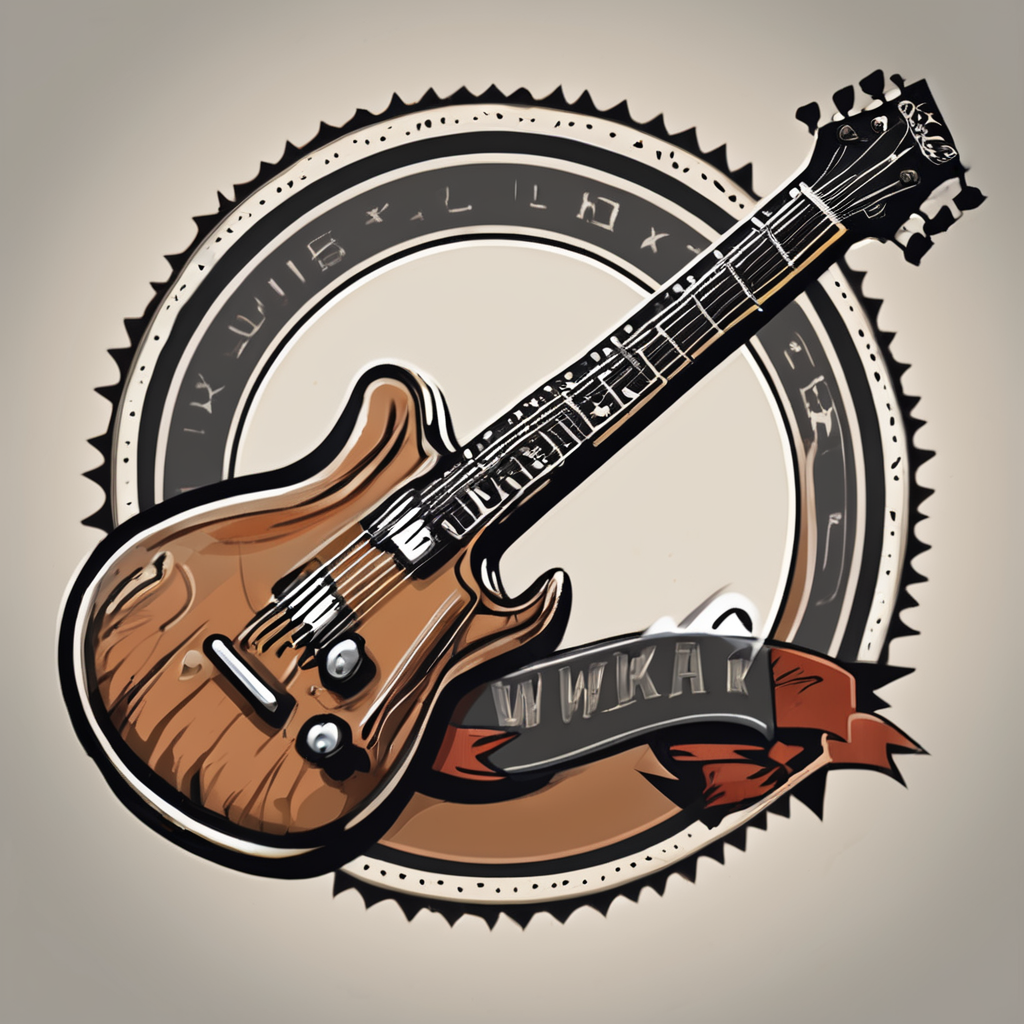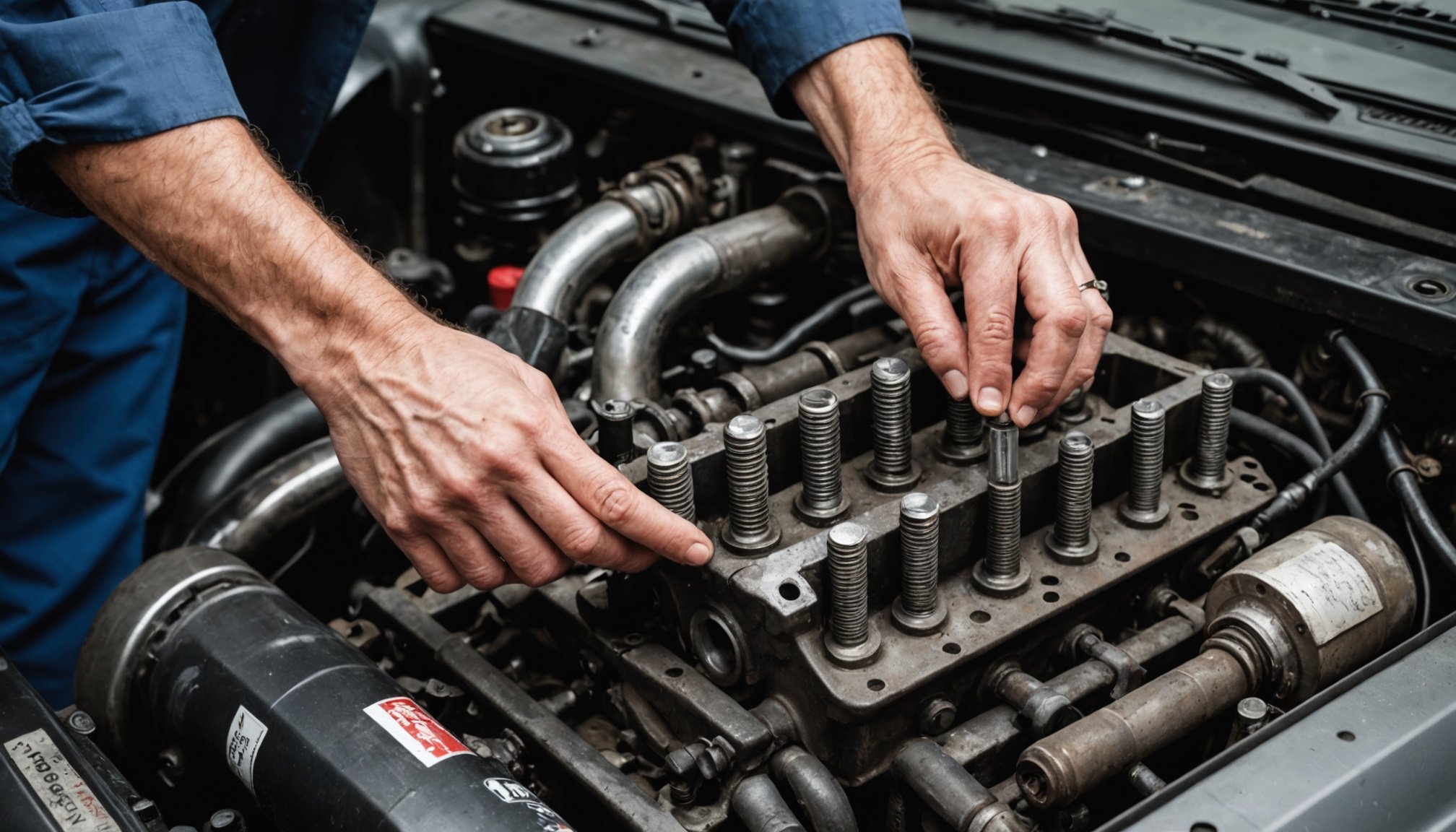Understanding the Problem of Broken Bolts
When delving into common automotive problems, one issue that often arises is the challenge of broken bolt removal. These seemingly small components can cause significant headaches, particularly within an engine block. Bolts can break due to over-tightening, corrosion, or fatigue from excessive engine vibrations, leading to potential engine block issues.
Broken bolts can severely impact engine performance. They might cause misalignment, resulting in vibrations or, worse, a total breakdown. Recognising the signs of a broken bolt is crucial. Noise, unusual vibrations, or visible oil leaks suggest immediate attention is needed to prevent further damage.
In the same genre : Mastering Your Volkswagen Jetta TDI: Step-by-Step Fuel Pressure Regulator Adjustment Guide
Addressing such issues demands patience and precision. For effective removal, consider the contributing factors leading to the breakage. Understanding these dynamics is essential to avoid repeating the problem. Regular inspections help detect early signs of trouble, promoting proactive maintenance.
In conclusion, broken bolts might seem minor but can lead to major automotive challenges. Understanding their impact on engine performance and taking immediate corrective measures will ensure the longevity of your vehicle’s components.
Additional reading : Best Off-Road Brake Rotors to Supercharge Your Toyota Land Cruiser’s Performance
Tools and Materials Needed
Removing broken bolts requires specific bolt extraction tools and automotive repair tools to ensure the process is both effective and safe. The essential toolkit includes bolt extractors, drills, and left-handed drill bits, which help in loosening and reversing the broken bolt out of its thread. Extractors are particularly designed to grip and remove stubborn bolts.
Safety gear is indispensable. Protective eyewear, gloves, and in some cases, ear protection, are needed to prevent injuries during the procedure. When drilling, fragments may become hazardous, making such precautions non-negotiable.
Optional but beneficial materials include penetrating oil and heat sources like a propane torch. Applying penetrating oil can ease the removal by reducing friction, while controlled heat can expand the metal, sometimes making extraction easier, especially when bolts are severely corroded or lodged tightly.
Having the right tools and necessary materials on hand not only enhances tool effectiveness but also optimises workflow, making broken bolt removal less daunting. Preparing adequately minimizes risk, promotes safety, and facilitates a more seamless repair experience.
Step-by-Step Instructions for Removal
Before embarking on any bolt removal techniques, preparation is vital for ensuring effectiveness and safety. Begin by assessing the condition of the broken bolt and surrounding area. This includes inspecting for corrosion or damage, which might complicate the extraction process. Clean the workspace thoroughly to improve visibility and prevent contamination.
Preparing for Bolt Removal
Identify the type and size of the bolt removal necessary. Gather all necessary materials such as bolt extraction tools, and ensure you have enough working space. Don’t rush this step; precise preparation can significantly ease the rest of the procedure. Additionally, wear proper safety gear to shield against flying debris during the operation.
Extracting the Broken Bolt
Start by using specialized bolt extraction tools like drills or left-handed bits, which help in loosening the bolt. If the bolt remains stuck, consider applying heat cautiously to expand and loosen it. Minimize damage to the engine block by choosing the appropriate extraction method based on the bolt’s condition.
After Removal Care
After successful removal, inspect the thread for damage and clean the area to remove any residues. Properly align and replace the broken bolt. Implement preventative measures, such as regular inspections, to reduce recurrence and enhance engine performance.
Safety Precautions
Ensuring personal safety during bolt removal is paramount. Engaging in automotive repair without adequate safety measures can lead to serious injuries. Safety protocols serve as your primary defence against common hazards.
Common Safety Precautions
-
Protective Gear: Ensure you wear essential gear, including protective eyewear, gloves, and steel-toed boots. This shields against metal fragments and accidental slips.
-
Work Environment: Maintain a well-ventilated and uncluttered workspace to enhance visibility and minimise risks of accidents.
-
Tool Handling: Familiarise yourself with the correct operation of each tool. Mishandling can lead to unintended damage or injuries.
Emergency Protocols
It’s vital to have prescribed emergency procedures. In case of injury, a first-aid kit should be readily available. Familiarising oneself with the nearest medical facility is also recommended for emergencies requiring professional intervention.
Following automotive safety tips reduces the risk of injury and ensures a smooth execution of bolt extraction procedures. Remember, prioritising risk management not only safeguards you but optimises the repair outcomes, minimising long-term consequences.
Troubleshooting Common Issues
When engaging in bolt removal, encountering common pitfalls is not unusual. Recognising typical issues can streamline the troubleshooting process and enhance efficiency. Fixing mistakes promptly is crucial to ensuring engine block integrity.
Identifying Frequent Problems
Common problems during bolt removal include inadequate tool grip and excessive material wear. Frequently, extractors may fail if not properly aligned with the broken bolt, leading to botched extraction efforts.
Solutions for Failed Extraction Attempts
If initial attempts falter, reassess the choice of tool; swapping for a more suitable extractor might resolve the situation. Applying a precise amount of penetrating oil can also aid in freeing stuck bolts. Retesting these approaches can often yield success where previous attempts failed.
When to Consider Professional Help
While DIY mechanisms can save costs, some scenarios necessitate professional automotive services. If troubleshooting efforts repeatedly fall short or if there’s a risk of exacerbating engine block issues, seeking expert intervention is prudent. Recognising the limits of personal skill is key in avoiding further complications.
Expert Insights and Alternative Methods
In the realm of broken bolt removal, professionals frequently employ advanced techniques to tackle the most stubborn cases efficiently. Their expertise includes unique approaches and understanding of extraction methods that go beyond typical DIY efforts. These techniques often involve precision machinery and innovative technology advancements, elevating the quality of removal tasks.
Unique Methods Used by Professionals
Expert techniques often utilize specialised equipment like CNC machines to extract bolts without damaging the surrounding areas. Laser technology isn’t unheard of either, providing a precise, non-invasive way to handle cases where typical automotive repair tools might falter.
Innovations in Bolt Removal Technology
Recent years have seen impressive strides in bolt extraction tools. Magnetic induction heating, for example, offers a controlled environment to expand and remove rusted or welded bolts with ease. Such innovations reduce the risk of damage to the engine block and increase success rates in removal attempts.
Successful Case Studies
An industry-famed instance involves a manufacturing facility using cryogenic cooling followed by precise high-frequency vibrations to remove embedded bolts without compromising infrastructure integrity. Documented successes like these illustrate the potential of embracing alternative extraction methods over conventional practices.
Costs and When to Seek Professional Help
When it comes to broken bolt removal, understanding the costs and knowing when to opt for professional assistance can make a significant difference. Cost analysis is crucial; while DIY methods can appear financially appealing, they come with their own risks. Purchasing bolt extraction tools and materials like drills and extractors can be cost-effective but also time-consuming and potentially damaging if not used correctly.
Professional automotive services offer expertise but at a price. In complex scenarios where bolts are deeply embedded or damage risk is high, their precision equipment and expert techniques ensure minimal risk to the engine block. This can prevent more costly repairs later.
Consider long-term financial impacts. Proper bolt removal, even if initially more expensive, can avoid significant damage-related expenses in the future. If DIY attempts repeatedly fail or there’s doubt about extraction skill, it’s practical to contact professionals.
Evaluating the potential expenses and skill requirements helps make informed decisions, balancing budgeting repairs against the possibility of increased costs from engine damage. Thus, determining when to seek professional help is vital to maintaining both your vehicle’s performance and financial health.

